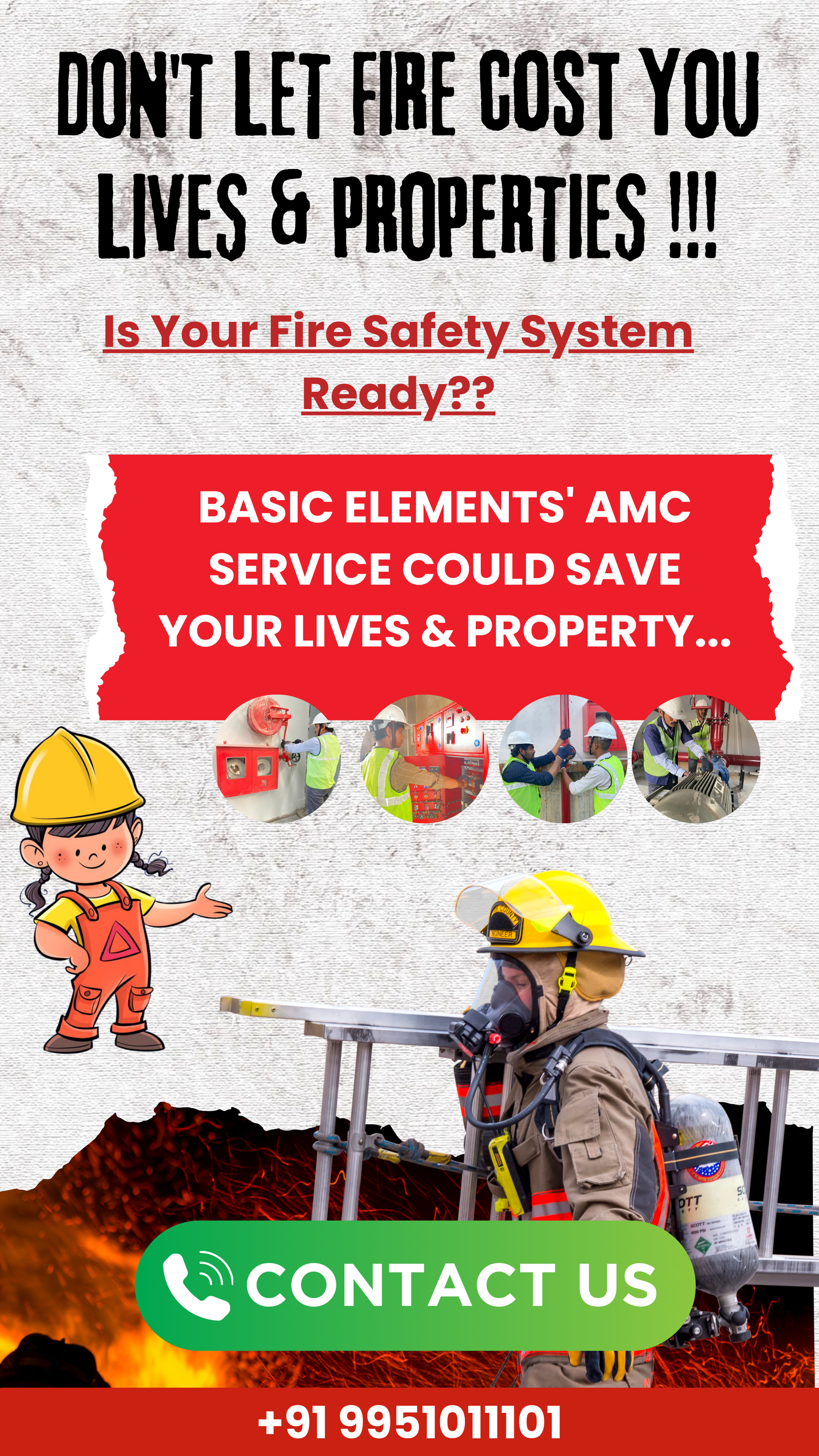One crucial aspect of maintaining a safe workplace is providing comprehensive training on fire safety. Facility managers play a vital role in implementing effective staff training programs that equip employees with the necessary knowledge and skills to prevent, respond to, and mitigate potential fire incidents.
By prioritizing staff training in fire safety, organizations can significantly reduce the risk of accidents, protect lives and property, and maintain a secure working environment. In this article, we will explore the significance of staff training for fire safety in hazardous environments and discuss key considerations for facility managers to effectively implement such programs.
Understanding the Risks and Hazards in a Facility fire hazards
Understanding the risks and hazards in a facility is crucial for maintaining a safe working environment.
Here are some key areas to consider.
1. Fire Hazards: It’s important to identify potential fire hazards within the facility, such as faulty electrical wiring, improper storage of flammable materials, or blocked emergency exits. Regular inspections and maintenance can help mitigate these risks.
2. Hazardous Materials: Many facilities use or store hazardous materials that can pose significant risks if mishandled. Proper labeling, storage, and handling procedures must be followed to prevent accidents or exposure to harmful substances.
3. Flammable Substances: Facilities that handle flammable substances should have proper ventilation systems in place to prevent the accumulation of vapors or gases that could lead to explosions or fires. Adequate fire suppression systems like sprinklers should also be installed.
4. Electrical Equipment Safety: Electrical equipment poses various risks if not used and maintained properly. Regular inspections and tests can help identify issues such as damaged cords, overloaded circuits, or faulty equipment that could cause electric shocks or fires.
By identifying these potential hazards and implementing appropriate safety measures like employee training programs, safety protocols, regular maintenance checks, and emergency response plans, you can significantly reduce the likelihood of accidents in your facility.
The Role of Facility Managers in Ensuring Fire Safety Compliance
Facility managers play a crucial role in ensuring Staff Training compliance within their buildings or facilities. They bear the responsibility of implementing and maintaining effective fire safety measures to protect occupants, property, and assets from the devastating effects of fires.
One of the primary responsibilities of facility managers is to stay updated with fire safety regulations and codes pertaining to their specific location. This includes understanding local, state, and national fire codes as well as any industry-specific guidelines that may apply.
Compliance with these regulations is essential for maintaining a safe environment for all occupants. To ensure compliance with fire codes, facility managers must conduct regular inspections and risk assessments to identify potential hazards or violations.
This involves examining various aspects such as emergency exits, electrical systems, flammable materials storage areas, alarm systems, sprinkler systems, and fire extinguishers. Identifying these risks enables facility managers to address issues promptly and implement corrective actions. Another critical aspect of compliance is establishing comprehensive emergency response plans. Facility managers should develop evacuation procedures that clearly outline routes and assembly points in case of a fire emergency.
Regular training sessions should be conducted for staff members so that they are aware of evacuation protocols and can respond effectively during an actual event. Additionally, facility managers must ensure proper maintenance of all firefighting equipment throughout the building or facility.
This includes inspecting and testing sprinkler systems regularly to ensure functionality; replacing damaged or expired fire extinguishers; checking smoke detectors; verifying adequate water supply for firefighting purposes; among other necessary measures.
Furthermore, communication plays a vital role in achieving fire safety compliance within a facility. Facility managers need to establish clear lines of communication with local authorities responsible for enforcing fire codes as well as with tenants or occupants who share responsibility for maintaining a safe environment.
In conclusion, facility managers bear significant responsibilities when it comes to ensuring compliance with fire safety regulations within their buildings or facilities. By staying informed about applicable codes, conducting regular inspections & risk assessments, establishing emergency response plans, maintaining fire fighting equipment, and fostering effective communication, facility managers can create a safe environment for all occupants and help prevent or minimize the devastating impacts of fires.
Developing a Comprehensive Fire Safety Training Program
Developing a comprehensive fire safety training program is essential for ensuring the safety of individuals and preventing potential fire-related accidents.
To create an effective program, it is important to define clear training objectives and goals, as well as design appropriate staff training modules.
1. Training Objectives and Goals: Begin by identifying the specific objectives and goals you want to achieve through your fire safety training program. These may include:-
- Enhancing awareness: Educating participants about different types of fires, their causes, and potential hazards associated with them.
- Promoting prevention: Teaching participants how to identify fire hazards in their environment and take necessary preventive measures.
- Emergency response: Equipping participants with the knowledge on how to respond appropriately in case of a fire emergency, including evacuation procedures, evacuation routes, and using fire fighting equipment.
- Fire extinguisher usage: Teaching participants how to properly select, use, and maintain different types of fire extinguishers.
- Evacuation drills: Conducting regular evacuation drills to familiarize participants with emergency procedures and ensure efficient evacuations.
- Once you have established your objectives, create staff training modules that address each objective effectively. Consider the following factors while designing these modules:
- a) Content selection: Determine what topics should be covered based on your objectives. This can include understanding the science behind fires, recognizing common causes of fires (e. g., electrical malfunctions), and safe handling/storage practices for flammable materials or chemicals relevant to your industry or environment.
- b) Instructional methods: Choose instructional approaches that suit various learning styles such as lectures/presentations supplemented with visual aids (slides/videos), hands-on demonstrations/practice sessions using mock setups or virtual simulations.
- c) Interactive elements: Incorporate interactive elements like quizzes or group discussions during the training sessions to engage participants actively in the learning process.
- d) Real-life scenarios/exercises: Develop exercises or case studies that simulate real-life situations related to fire safety. This helps participants apply their knowledge and problem-solving skills in a practical context.
- e) Practical demonstrations: Arrange for practical demonstrations to showcase the correct use of firefighting equipment, fire alarm systems, or evacuation procedures.
- f) Assessment and feedback: Evaluate participants’ understanding periodically by conducting assessments or quizzes. Encourage feedback from participants to continuously improve the staff training program.
Remember to adapt the content and delivery methods based on your target audience’s needs, job roles, and industry-specific requirements. Regularly review and update your training program to ensure it remains current with industry best practices.
When providing fire safety services for high-risk industries, it is crucial to incorporate key elements that establish a strong foundation for fire prevention and emergency readiness. These include regular risk assessments, installation and maintenance of fire detection systems, and accessible firefighting equipment tailored to industry-specific hazards. E
Equally important is certified training on using this equipment, including proper fire extinguisher usage. Our comprehensive fire safety services ensure compliance with fire safety regulations, safeguarding not only your property but, more importantly, your valued staff. Contact us to customize a fire safety solution that addresses your industry’s unique challenges and schedule a detailed consultation to enhance your organization’s fire safety preparedness.
Incorporating Practical Hands-on Staff Training Exercises for Real-World Scenarios
Incorporating practical hands-on training exercises, such as fire drills and emergency evacuation procedures, is crucial for preparing individuals to handle real-world scenarios effectively. These exercises provide an opportunity for participants to gain first-hand experience and develop the necessary skills and confidence needed in emergency situations.
Fire drills allow participants to familiarize themselves with the process of evacuating a building safely and efficiently. By practicing these procedures regularly, individuals can become more comfortable with the actions required during a fire emergency.
This hands-on experience helps to reduce panic and increase overall preparedness among employees or residents. Similarly, incorporating staff training exercises for emergency evacuation procedures allows individuals to become familiar with the steps involved in safely exiting a building during various emergencies like natural disasters or threats.
These exercises simulate real-world scenarios, enabling participants to understand how different factors may impact their decision-making under pressure. By incorporating practical hands-on training exercises into your training program, you can ensure that individuals are better equipped to respond appropriately in critical situations. It also fosters a culture of preparedness within organizations or communities by emphasizing the importance of being proactive when it comes to safety measures.
In conclusion, it is of utmost importance for facilities operating in hazardous environments to prioritize fire safety through effective staff training. By ensuring that employees are well-prepared and equipped with the necessary knowledge and skills, these facilities can mitigate fire risks and create a safer working environment for everyone involved. We at Basic Elements are at the forefront of management solutions in Staff Training for Fire Safety in Hazardous Environments
For More Information visit : Instagram








1 thought on “Effective Staff Training for Fire Safety in Hazardous Environments: A Guide for Facility Managers”
Pingback: Fire Fighting Sprinkler Systems: Installation, Maintenance & Benefits
Comments are closed.